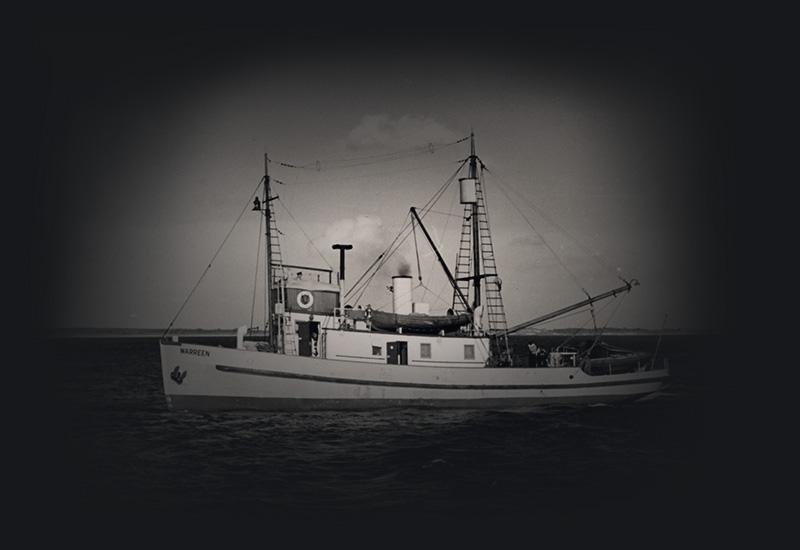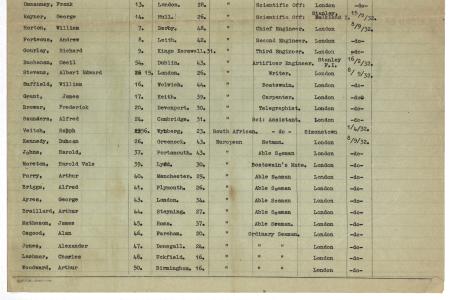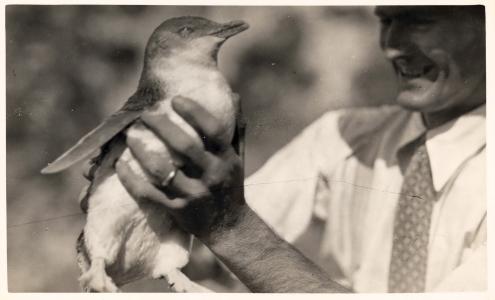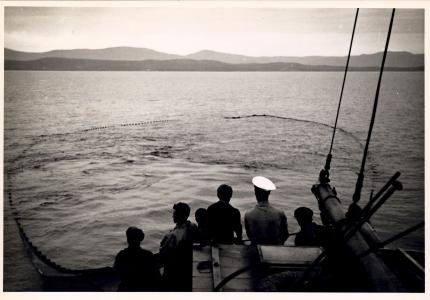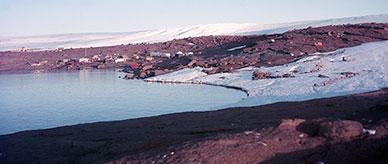Hurried sketches of whales and notes on flying fish. Marine expeditions in the 1930s and 40s contributed to today's knowledge of whales, fishing stocks and oceanography. Australian scientists from the CSIRO, established in 1916, played a leading role.
From 1930, the aptly named royal research ship Discovery II carried out extensive marine biological survey work throughout Antarctic waters and the Southern Ocean. Often docking in Fremantle, the 220 foot ship – with 45 crew – also had room for half a dozen CSIRO researchers. The Australian scientists were invited to participate in the 'cruises' to experience working conditions at sea.
Envious of Discovery II's equipment – including a hydrological and biological laboratory, steam-driven winches for deep water sampling, and the fine echo sounder and radar – the CSIRO Fisheries Division purchased their first research vessel in 1933, the FRV Wareen.
From 1938 to 1942 the Wareen was used on various expeditions including a pelagic fish survey headed by Dominic Louis Serventy and Maurice Blackburn. Serventy's interest in tuna led him to take part in a Northern Tuna Survey in 1949, which encompassed an area of ocean from Thursday Island to the North West Cape.
During this survey, Serventy also sailed on the CSIRO's other research vessel, the FRV Stanley Fowler. This modern wooden vessel was named after Stanley Fowler, an Australian scientist who played a key role in early fisheries research. Serventy and his colleagues recorded hourly observations as well as hasty sketches of wildlife as the ship sailed through the Timor Sea. These valuable scientific records live on in the National Archives' collection.

